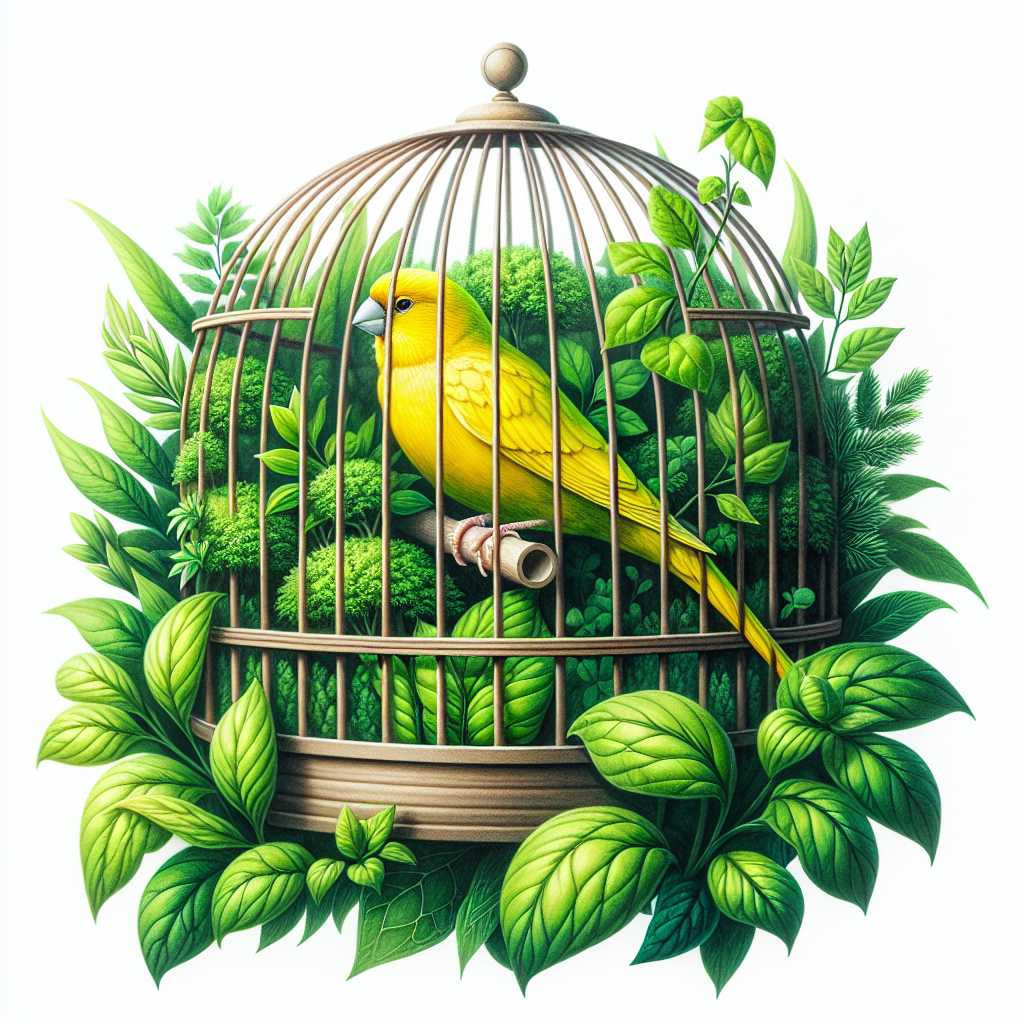The Splendid Songsters of the Animal Kingdom: Canaries and Their Cultural Influence
The canary, a small passerine bird belonging to the finch family, has captured the hearts of bird enthusiasts and pet owners with its melodic song and vibrant plumage. Originating from the Macaronesian Islands – the Azores, Madeira, and particularly the Canary Islands after which they are named – as well as from mainland Portugal and Spain, these birds have a rich history both in nature and in human culture.
Understanding the Natural History of Canaries
Canaries were first discovered by Europeans during their explorations in the 15th and 16th centuries. These diminutive birds distinguished themselves not only by their lively chirps but also by their adaptable nature. Wild canaries come in a range of greenish-yellow colors, blending seamlessly into their environment. Their lithe build allows them to easily flutter through their habitat, meticulous in search of seeds and insects.
The evolutionary pathway of the canary suggests adaptive processes allowed the birds to thrive across varied island landscapes with sometimes scarce resources, showcasing an impressive survival instinct. Today’s domestic canary has been bred selectively for centuries to emphasize certain traits such as coloration, song quality, and size, creating a significant deviation from its wild ancestors.
Canaries in Captivity: From Song Contests to Status Symbols
As canaries gained popularity in Europe, particularly during the Renaissance period, breeding them became an enterprise. Initially, they were a symbol of status; royalty and the wealthy alike sought to showcase these bright birds in ornate cages. Spanish sailors monetized this interest by exporting canaries throughout Europe.
It wasn’t long before their potent melodious abilities became a principal cause for their domestication. In Italy, Germany, and Spain, singing contests for canary birds were an entrenched tradition. To this day, “song canaries” are bred specifically to compete based on defined song patterns including tours, sequences of notes that showcase a canary’s vocal range.
Different cultures have spawned different breeding targets – for instance, English breeders developed the Border Canaries prized for their conformation along with song, while German breeders emphasized vocal strength yielding the Harz Roller species, known for its unique rolling song sequences.
Cultural Impact and Utility Beyond Aesthetics
Canary birds also found a somewhat unexpected role within industrial settings. Miners adopted these vulnerable little creatures as sentinels against danger; their extreme sensitivity to toxic gases like carbon monoxide made them an early warning system for miners in detecting harmful gas exposures deep underground, long before the advent of sophisticated detection equipment.
In literature and music as well, the canary has symbolized freedom due to its flight ability and wide-ranging song; at other times it has represented the opposite – fragile captivity – reflecting perhaps the human condition itself. Beyond being mere pets and cultural icons, canaries have been a subject of scientific study because they offer valuable insights into animal genetics and behavior.
The Connection Between Canaries and Conservation
The interest in canaries has unwittingly led to better conservation outlooks for wild avian species. Aviculture (bird keeping) promotes habitats that emulate natural environments which help professional breeders understand the requirements for healthy bird populations. Studies on domestic canaries often have implications for wild cousins; as such, conservationists sometimes draw upon research performed by scientists that interact closely with these captive birds.
Energy is often placed into replicating authentic diets, creating viable breeding environments in captivity, and ensuring that gene pools are managed sustainability to prevent issues stemming from inbreeding depression often seen in isolated captive populations.
Notes
Imagery for Flora and Fauna Enthusiasts
*Image description: A carefully painted watercolor image showcasing a vibrant yellow domestic canary perched delicately on a similarly decorated breeding cage enclosed within lush green foliage to imitate its native habitat.*

